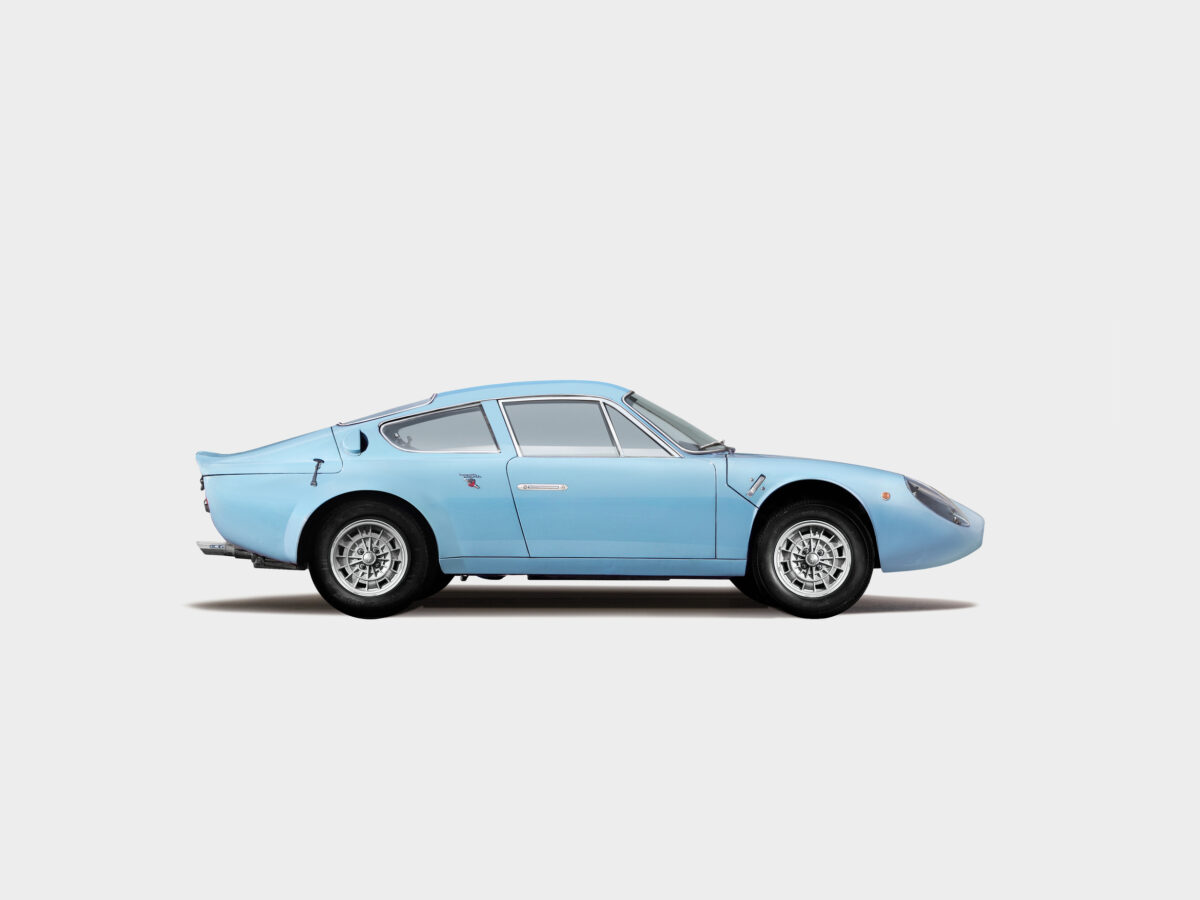Abarth – Simca 1300 GT (1963)
Details
- Vehicle Type:
- Coupé
- Coach Builder:
- Sabona & Basano
- Cylinders:
- Inline 4
- Engine CC:
- 1300
- Entrant
- Elad Shraga (IL)
Classe G

Austrian automobile designer Carlo Abarth was famous for selling performance equipment, conversion kits and later complete ‘Abarthised’ Fiats in Turin. The Abarth creations, bearing the famed scorpion logo, were largely ‘hot-rodded’ small saloons, based on run-of-the-mill mechanical components and complemented by performance parts developed in-house. Their outward appearance only differed modestly from their production peers. They were souped up to such great effect that Abarth totally dominated the small-capacity classes at international racing events during the 1960s. Unlike previous incarnations, the Abarth Simca series was not powered by a modified drivetrain already in existence. Abarth installed his engine, gearbox and other mechanicals developed in-house for the first time. In fact, only the chassis from the mundane Fiat-derived Simca 1000 was used to conjure up a potent GT competitor. The Abarth Simca series was produced under contract with the French manufacturer, directed towards creating an enhanced sporting image. Launched in 1962, the Simca promptly ran in a victory for its class in the World Championship of Makes. Although Abarth’s contract came to an end soon after Chrysler’s acquisition of Simca in late 1964, the construction of Simca-bred racing cars continued for a number of years. In 1971, Abarth sold his company to Fiat, and the racing programme gave way to another new Fiat acquisition – Ferrari. This 1963 Abarth Simca 1300 GT started life styled with a standard nose and round tail section. In 1966, its first owner, Neapolitan architect Renato Arfe, traded the car back to Abarth where the car was retained by the works team and updated to the latest racing specification by Abarth Corsa. It was restyled with a new long nose and a streamlined ‘duck-lip’ Kamm tail designed by Sibona-Basano to significantly improve the aerodynamics. The engine was updated with a twin spark head. In 1978, the car joined the world-famous collection of Fabrizio Violati’s Maranello Rosso Museum in San Marino where it remained until the break-up of the collection in 2014.
